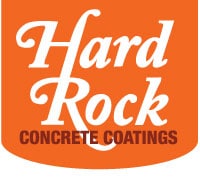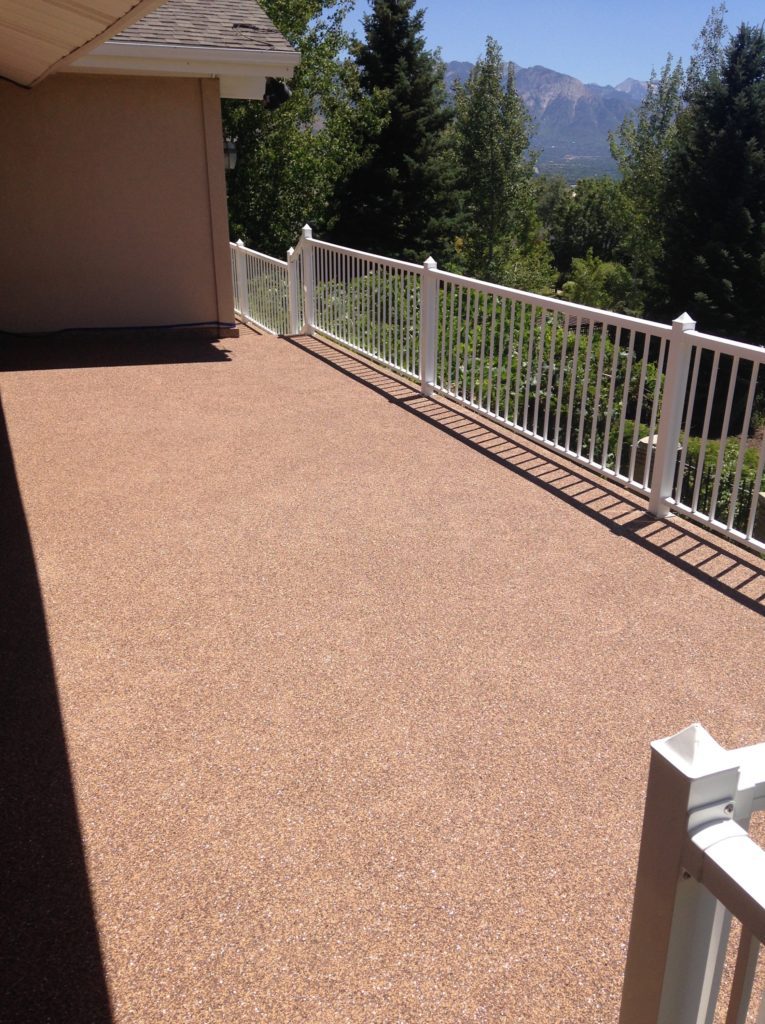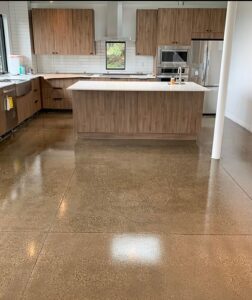Our generation has done some amazing things—with technology, science, and art—but our greatest accomplishment might be our awareness of the environment and attempts to be more sensitive and “green.” We’re reducing our emissions from vehicles, decreasing greenhouse gasses, and moving towards recyclable and renewable materials. Sure, we still do damage to the environment in our daily lives, but we are doing what we can to minimize our carbon footprint. Even if you aren’t a tree-hugger, you’re probably open to making choices that are better for the environment, especially if the choices are good quality and affordable. Another big accomplishment of this millennium is the introduction of goods and materials that are eco-friendly or “green” without compromising integrity, quality, or price!
If you’re in the process of building, renovating, expanding, or finishing your property, chances are you’re looking at several different materials. You might be researching wood, tile, rock, linoleum, stucco, plastics, or glass and ceramics. The list goes on and on! One of your best options, no matter the job, will be concrete. Concrete is growing in popularity, not just for basements and driveways—but for everything! Interior floors, countertops, sinks, shelves, you name it! Concrete is being used in new and interesting ways every single day. Turn on your favorite home improvement show and you’re likely to see them using concrete in unexpected ways. Sometimes they keep it plain and gray, but it can also be stained, stamped or altered for a beautiful, interesting finish.
But is it eco-friendly? Yes! Concrete is made using sand, rocks, and other existing materials which makes it renewable and recyclable. The aggregates in concrete can be found in nature—usually in surplus—so it isn’t depleting resources. Concrete can be broken up, ground down, and reused in a fresh cement mix for a new project. In our society, being able to tear down old concrete and build again is particularly useful, especially since sand and rock quarries are being used more carefully to ensure we aren’t placing too heavy a burden on our natural resources.
The only real concern with concrete is the manufacturing of cement. Heating and mixing cement requires high head and does produce greenhouse gasses similar to other forms of manufacturing. However, scientists are gradually purifying the process to decrease cement mixing emissions. Additionally, there are cement alternatives that are increasingly eco-friendly and green. The most exciting alternative is “fly ash,” which is a byproduct of power plants. In the past fly ash has been disposed in landfills, but it can be used as a strong, durable, and “green” cement. Fly ash is still strong and effective, and makes a much softer impact on the environment. Because concrete is so durable and long lasting, it reduces the need for future repairs, rebuilding, and additional materials—further helping the environment!
One of the best things about concrete is that it’s incredibly affordable and easy to use for whatever project you need. It’s easy to make the switch to concrete for your home projects. Look into concrete for your home—it’s eco-friendly, affordable, and durable!




